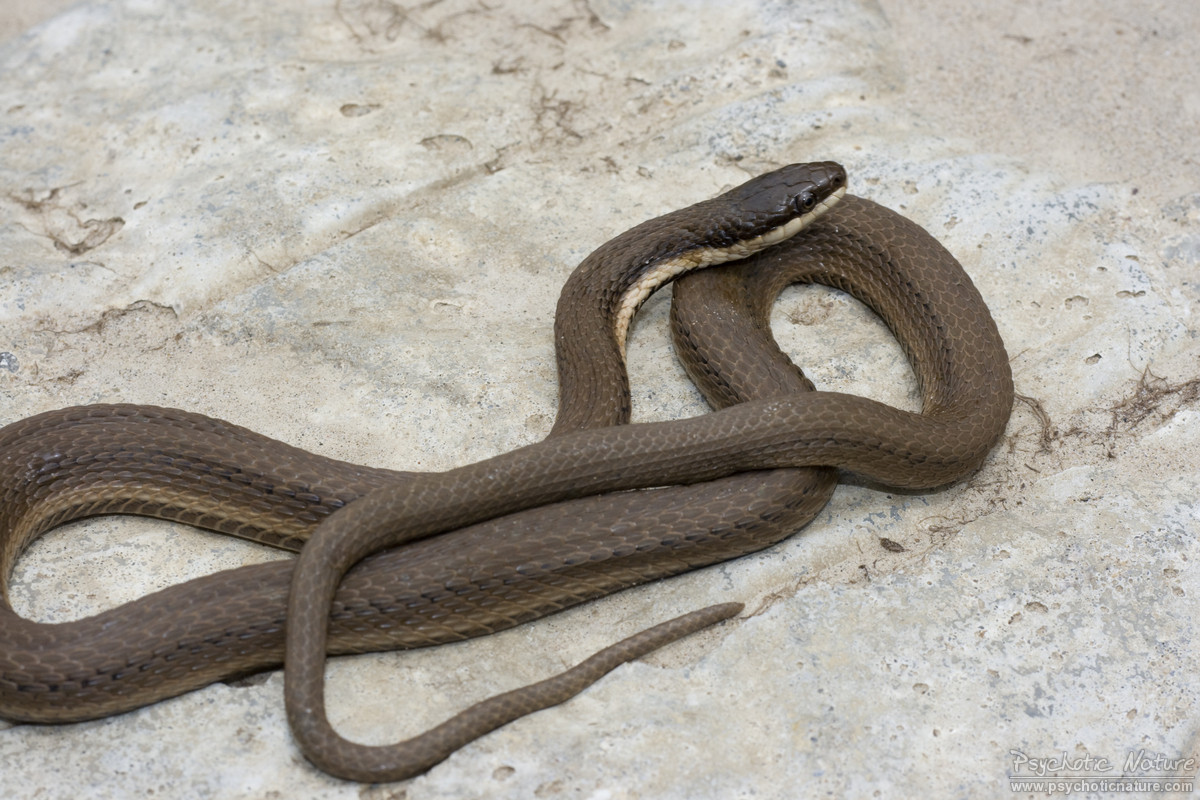
Ever wondered about the secretive life of queensnakes? These slithery creatures are more than just your average garden visitor. With unique habits and fascinating biology, queensnakes offer a world of intrigue for anyone keen enough to learn. Why do queensnakes have such a royal name, and what makes them stand out in the reptile kingdom? Well, you're about to find out! From their diet to their habitat and even their reproduction, prepare to be amazed by 20 jaw-dropping facts about these serpentine sovereigns. Get ready to dive into the lesser-known realm of queensnakes and uncover secrets that'll make you see them in a whole new light.
Key Takeaways:
- Queensnakes are non-venomous, semi-aquatic snakes that specialize in eating crayfish. They are crucial for maintaining balanced ecosystems in freshwater habitats and serve as indicators of environmental health.
- Protecting queensnakes is essential for the overall health of freshwater ecosystems and contributes to the rich biodiversity of North America. Learning about them fosters an appreciation for reptiles and the importance of conserving natural habitats.
What Are Queensnakes?
Queensnakes, scientifically known as Regina septemvittata, are non-venomous, semi-aquatic snakes native to North America. They thrive in clean, freshwater habitats, such as rivers and streams, where they can find their primary food source, crayfish.
Unique Features of Queensnakes
-
Color and Pattern: Queensnakes exhibit a distinctive color pattern. Their backs are usually olive or brown, with four yellowish stripes running along their length. This coloration helps them blend into their surroundings, making it easier to ambush prey or evade predators.
-
Diet Specialization: Unlike many other snake species that have a varied diet, queensnakes specialize in eating freshly molted crayfish. This dietary preference requires them to live in or near pristine water bodies where crayfish are abundant.
-
Reproduction: Queensnakes are ovoviviparous, meaning they give birth to live young instead of laying eggs. Females typically give birth to 5-20 young snakes in late summer or early fall.
Habitat and Distribution
-
Preferred Habitats: These snakes favor clear, fast-flowing streams with abundant crayfish populations. They also require sunny basking spots and crevices for hiding.
-
Geographical Range: Queensnakes are found throughout the eastern United States and into southern Ontario, Canada. Their presence is a good indicator of water quality in their habitats.
Threats and Conservation
-
Pollution: Water pollution poses a significant threat to queensnakes. Pollutants can kill crayfish, their food source, and degrade their natural habitats.
-
Habitat Loss: Urban development and agriculture can lead to habitat destruction, further threatening queensnake populations.
-
Conservation Efforts: Efforts to conserve queensnake habitats include pollution control, habitat restoration, and public education about the importance of clean waterways.
Interesting Behaviors
-
Hunting Technique: Queensnakes use a unique hunting technique. They often hunt for crayfish that have just molted and are thus softer and easier to eat.
-
Sun Basking: Like many reptiles, queensnakes bask in the sun to regulate their body temperature. This behavior is crucial for digestion and overall health.
Interaction with Humans
-
Bite: While queensnakes can bite if threatened or handled, their bites are not venomous and generally pose little risk to humans.
-
Beneficial Role: By preying on crayfish, queensnakes help maintain balanced ecosystems in their freshwater habitats.
Misconceptions and Facts
-
Not Aggressive: Contrary to some beliefs, queensnakes are not aggressive towards humans and will usually flee rather than confront.
-
Indicator Species: Queensnakes serve as indicator species for environmental health, especially the quality of freshwater ecosystems.
How to Spot a Queensnake
-
Look Near Water: To spot a queensnake, search along clean rivers and streams, especially where crayfish are known to live.
-
Observe Basking Spots: Check sunny spots near water bodies during the morning or late afternoon when snakes are most likely to bask.
Why Protect Queensnakes?
-
Ecosystem Health: Protecting queensnakes contributes to the overall health of freshwater ecosystems.
-
Biodiversity: Queensnakes are part of the rich biodiversity of North America and play a specific role in their ecological niche.
Queensnakes in Culture and Education
A Final Glimpse at Queensnakes
Queensnakes, often overlooked, play a crucial role in our ecosystems. These reptiles, with their unique diet and habitat preferences, remind us of nature's intricacies. They're not just another species; they're indicators of healthy, unpolluted waterways. Understanding and protecting them means ensuring the survival of countless other species and the health of our rivers and streams. So, next time you're near a clean creek, keep an eye out. You might just spot a queensnake basking in the sun or hunting for crayfish. Their presence is a sign that we're doing something right in preserving our natural world. Let's keep it that way, for them and for us.
Frequently Asked Questions
Was this page helpful?
Our commitment to delivering trustworthy and engaging content is at the heart of what we do. Each fact on our site is contributed by real users like you, bringing a wealth of diverse insights and information. To ensure the highest standards of accuracy and reliability, our dedicated editors meticulously review each submission. This process guarantees that the facts we share are not only fascinating but also credible. Trust in our commitment to quality and authenticity as you explore and learn with us.


